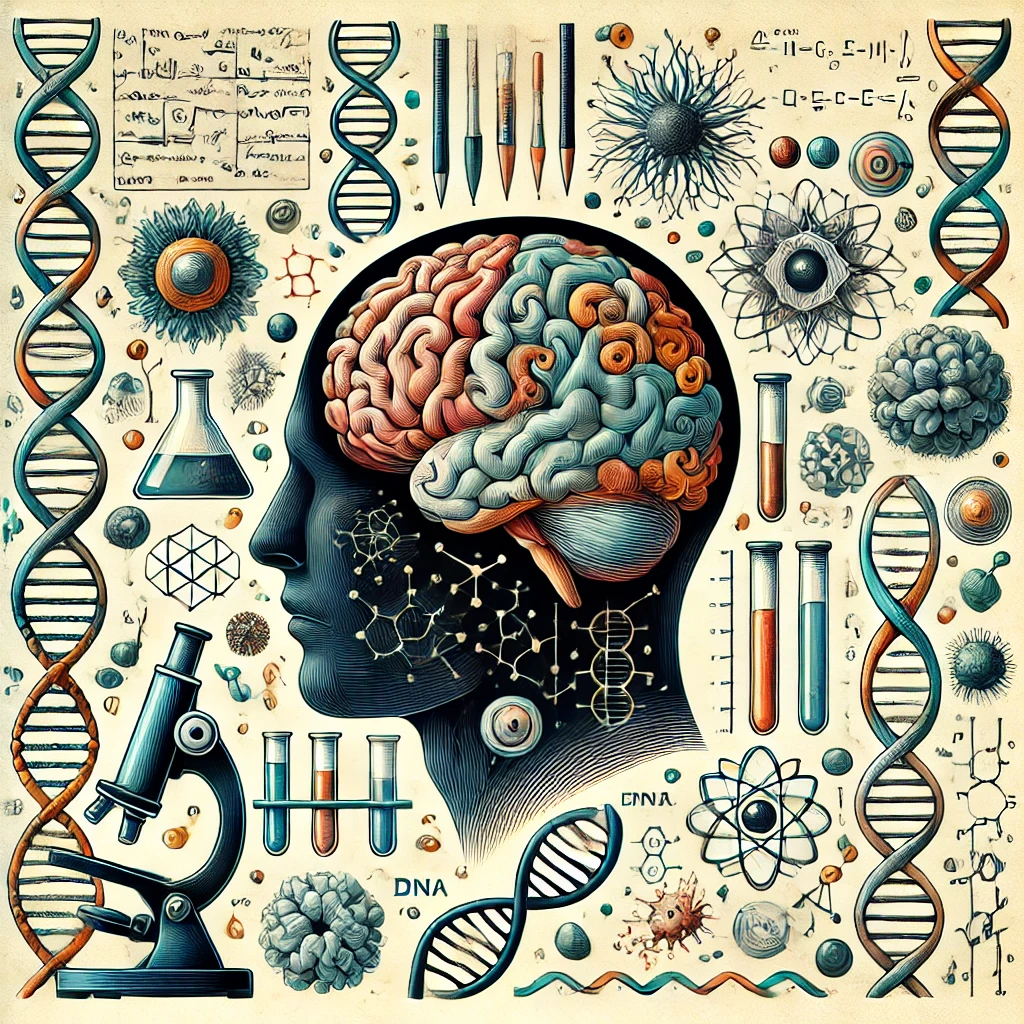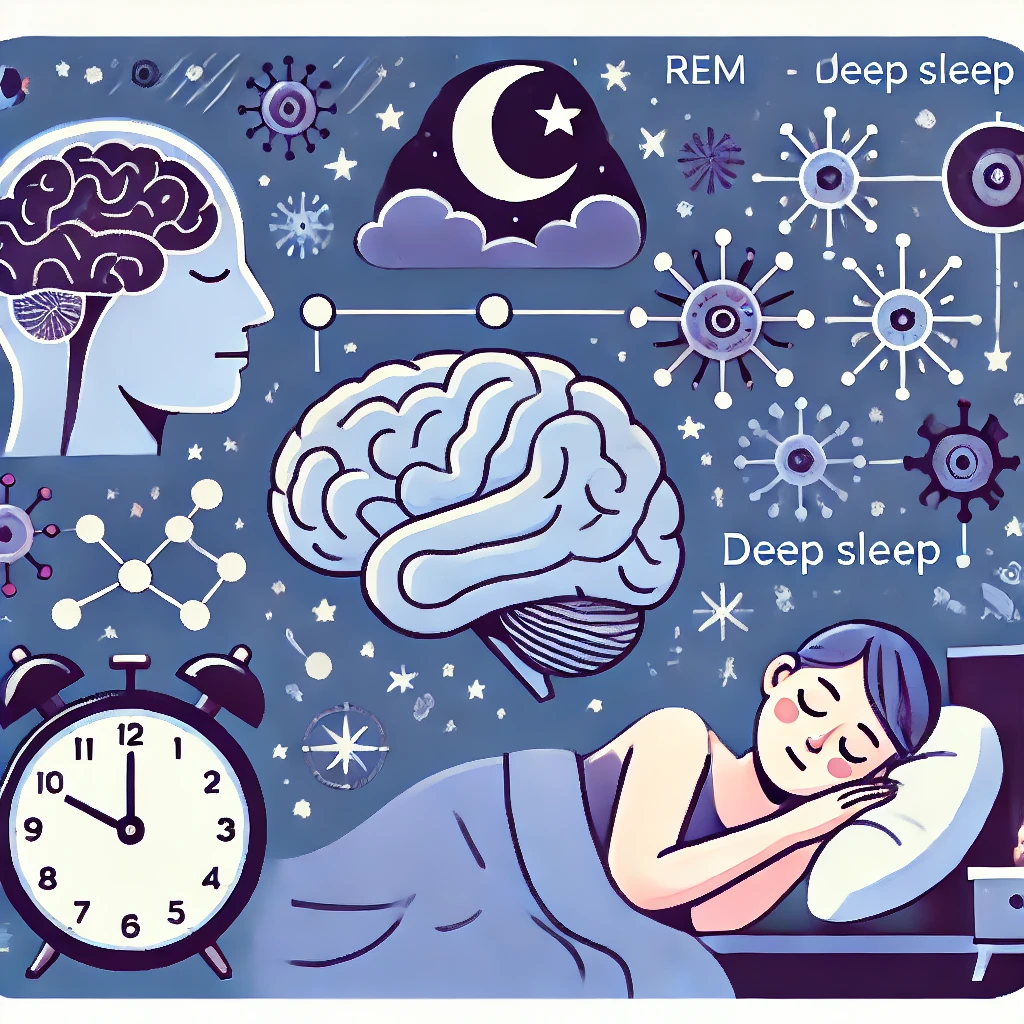The human brain, often described as the most complex structure in the known universe, has been the subject of scientific inquiry for centuries. Despite significant advancements in neuroscience and technology, many of its mysteries remain unsolved. From understanding consciousness to unraveling the mechanisms of memory and emotion, science has made remarkable progress, yet it has also faced substantial challenges. This article delves into some of the ways science has struggled to unlock the secrets of the human brain.
1. The Complexity of Neural Networks
The brain contains approximately 86 billion neurons, each connected to thousands of other neurons, forming a vast and intricate network. This complexity makes it incredibly difficult to map and understand the precise functions of these connections. While technologies like fMRI and EEG provide insights into brain activity, they often lack the resolution needed to observe individual neurons and their interactions in real time.
2. The Enigma of Consciousness
Consciousness remains one of the greatest mysteries in neuroscience. Despite numerous theories, scientists have yet to pinpoint the exact processes that give rise to conscious experience. Questions like “How does the brain produce subjective experiences?” and “What distinguishes conscious from unconscious states?” are still unanswered, highlighting the limitations of current scientific methodologies.
3. Memory Formation and Retrieval
Memory is another area where scientific understanding is incomplete. Although researchers know that the hippocampus plays a critical role in forming and storing memories, the detailed mechanisms of how memories are encoded, consolidated, and retrieved are not fully understood. The phenomenon of memory reconsolidation, where recalled memories are modified before being stored again, adds another layer of complexity to this puzzle.
4. Emotional Processing
Emotions are fundamental to human experience, yet the brain mechanisms underlying emotional processing are not fully understood. While areas like the amygdala and prefrontal cortex are known to be involved, the interplay between different brain regions and how they generate specific emotions remains elusive. This gap in knowledge limits our ability to fully comprehend mental health disorders and develop effective treatments.
5. Brain Plasticity
Neuroplasticity, the brain’s ability to reorganize itself by forming new neural connections, is a crucial aspect of learning and recovery from injury. However, the precise mechanisms that enable plasticity and the factors that influence it are not completely understood. Understanding plasticity is essential for developing therapies for conditions like stroke, traumatic brain injury, and neurodegenerative diseases.
6. The Limits of Current Technology
Technological limitations also play a significant role in the challenges faced by neuroscientists. While tools like optogenetics and brain-machine interfaces have provided new avenues for exploration, they are still in their infancy. Current imaging technologies often trade off between spatial and temporal resolution, making it difficult to capture the full dynamics of brain activity.
Conclusion
The human brain is a frontier of scientific exploration that continues to challenge our understanding. Despite remarkable strides in neuroscience, many of its mysteries remain unsolved. The complexity of neural networks, the enigma of consciousness, the intricacies of memory and emotions, and the phenomenon of neuroplasticity all present significant hurdles. As technology advances and interdisciplinary approaches are developed, there is hope that we will one day unlock more of the brain’s secrets.
While science has not yet fully unlocked the mysteries of the human brain, each discovery brings us one step closer. The journey to understanding the brain is ongoing, and the potential for groundbreaking discoveries remains immense.






